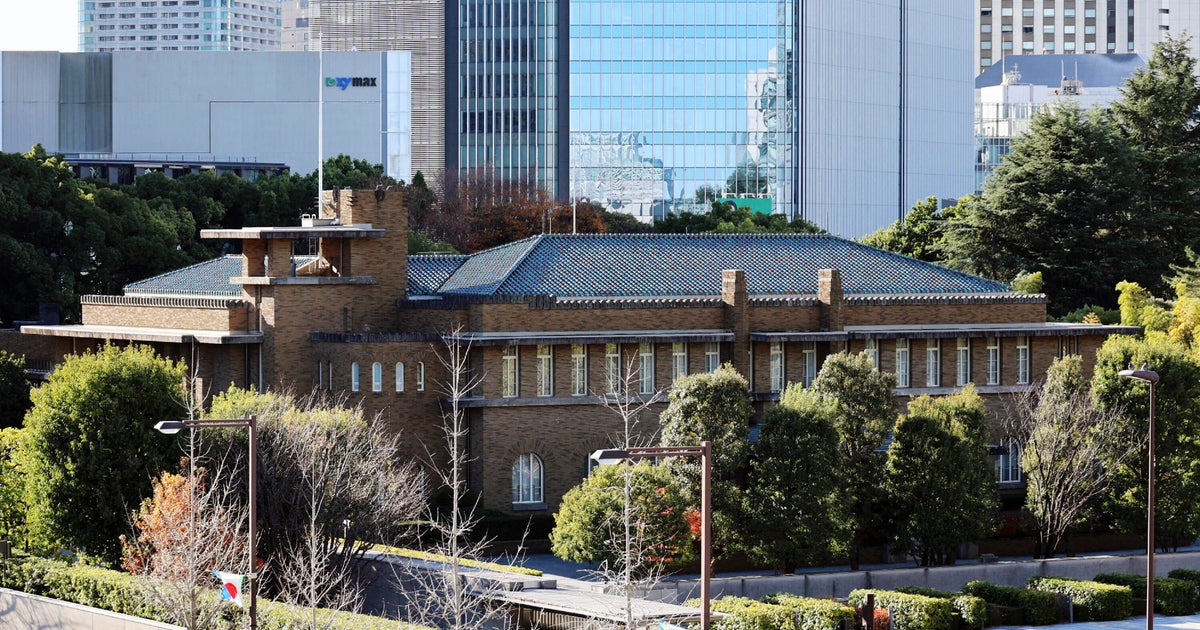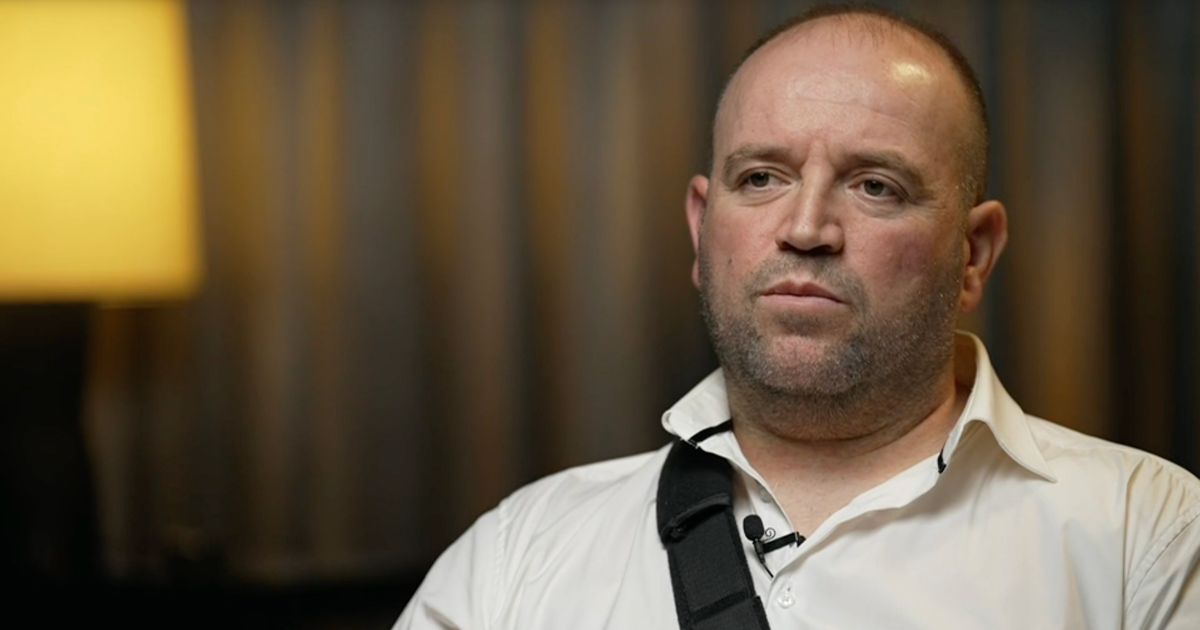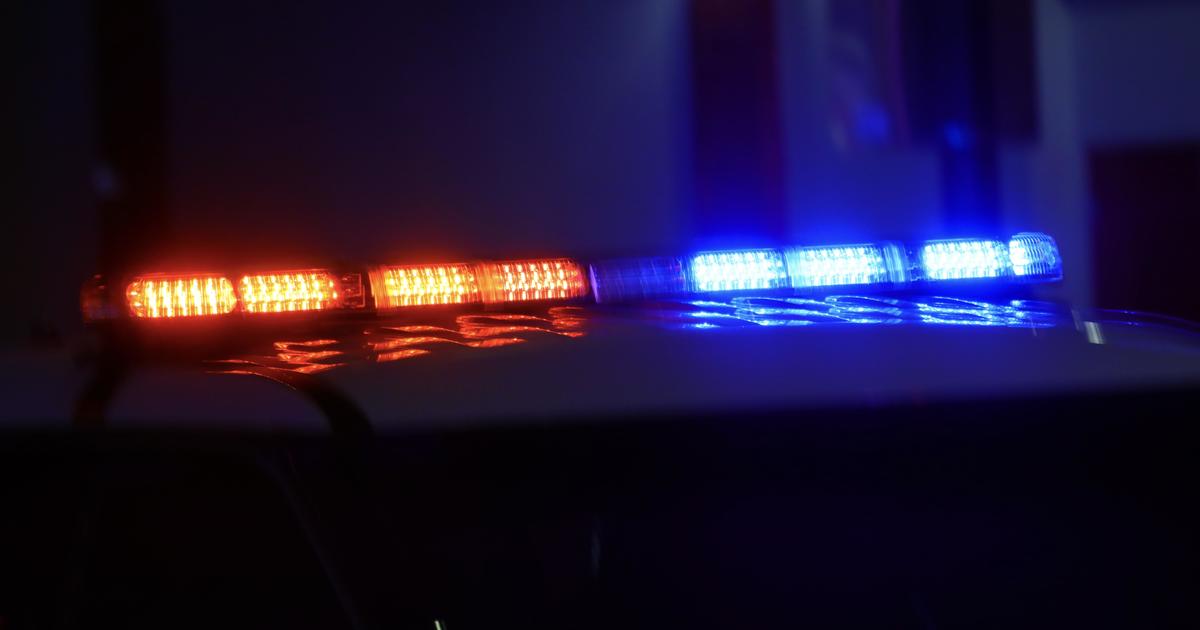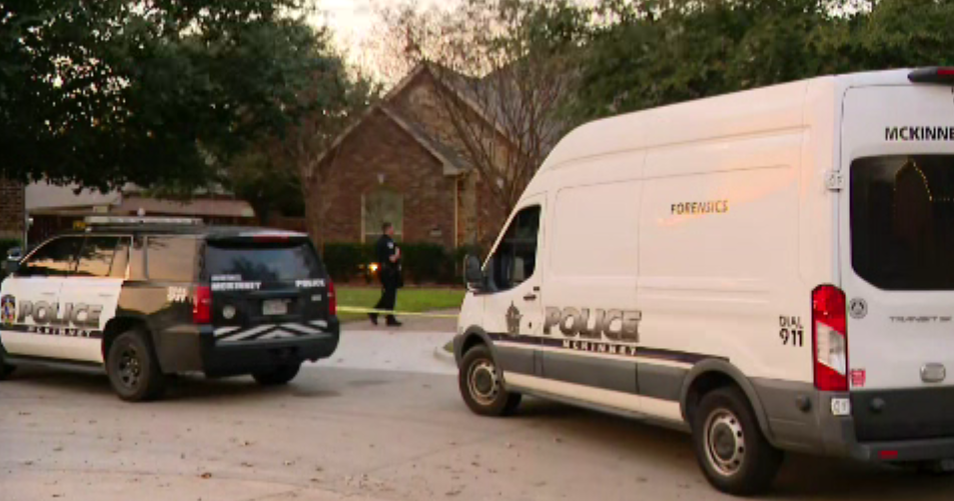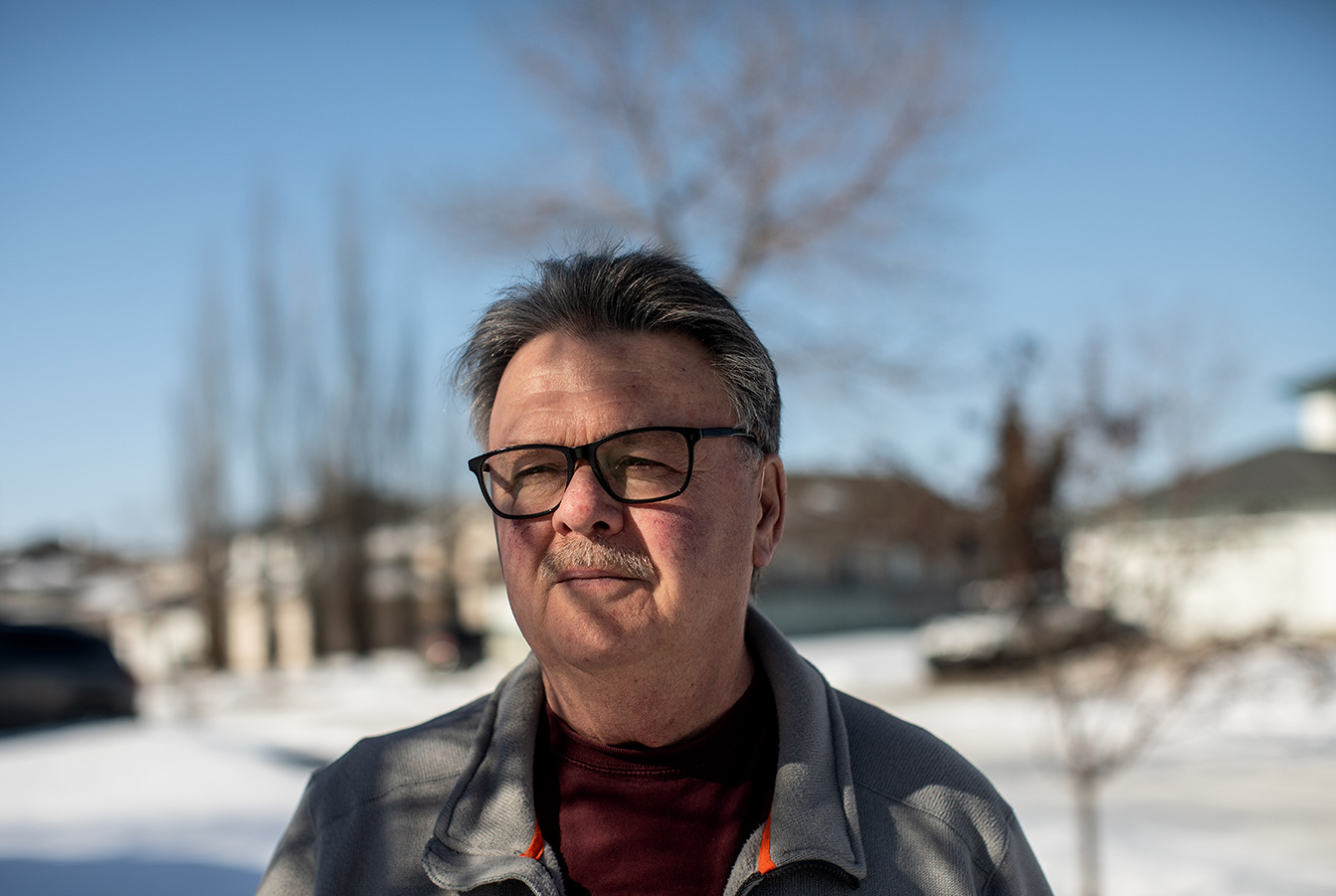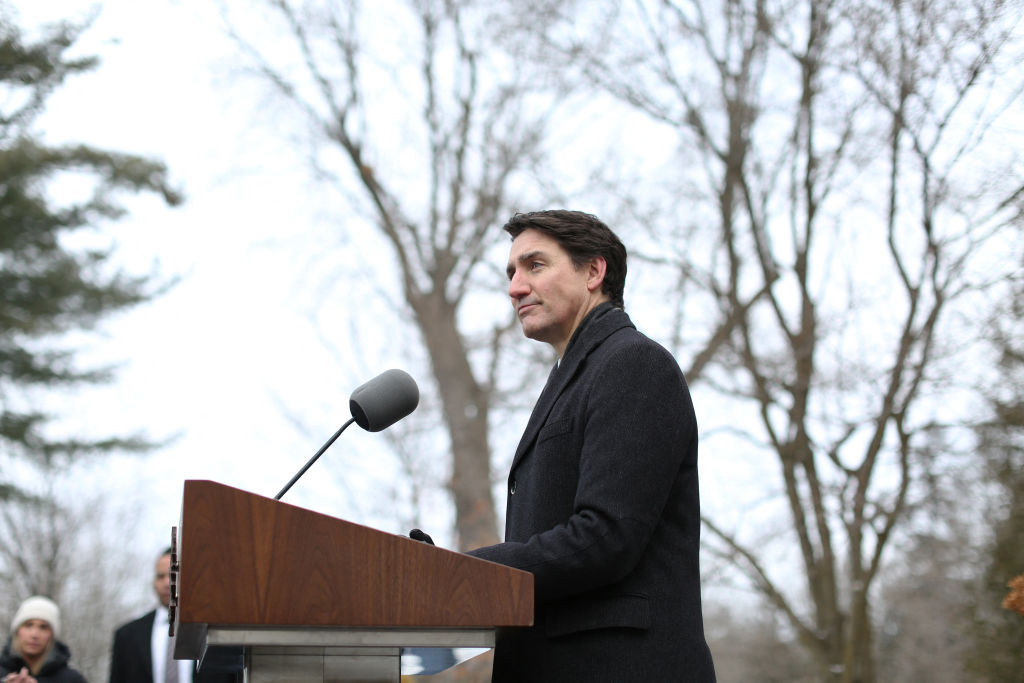Survivor of school where remains of 215 Indigenous children were found recounts abuse: "We were told we were ugly"
Canadian Prime Minister Justin Trudeau is apologizing to Indigenous Canadians after the remains of more than 200 Indigenous children were found last week.
"Saying sorry for the tragedies of the past is not enough, is not enough for the children who died, for the families or for the survivors and communities," Trudeau said.
The remains were discovered in Kamloops, British Columbia, at what was once Canada's largest school for Indigenous children. Some of the victims were as young as three.
The Kamloops Indian Residential School used to have at least 51 confirmed deaths on its official record. Garry Gottfriedson, a survivor of the school, told CBS News' Jericka Duncan that he wasn't surprised to find out at least 215 more students were found buried there.
"Sometimes kids would not show up in classroom, they would disappear for the next day and we knew that they were gone, but we didn't know where they were gone," Gottfriedson said.
He's among the thousands of Indigenous people legally mandated by the Canadian government to attend so-called "residential schools." They were set up in the late 19th century and often operated by the Catholic church. The last one closed in 1997.
Crystal Gayle Fraser, a University of Alberta professor, said abuse was rampant at these schools.
"The whole point was to erase their Indigenous identities. These Indian residential schools have often been compared to prisons," Fraser said.
Gottfriedson recalled some of the abuse, including times where he said he and others were forced not to speak their native language.
"We were never allowed to speak our languages in there. Because of fear of punishment, so those of us that were little were absolutely terrified," he said.
A Truth and Reconciliation Commission was formed to investigate abuse at the schools. In 2015 it issued a report saying the government committed "cultural genocide." At least 4,000 students died at these schools of disease, neglect, accidents or abuse.
The Canadian government has paid more than $1.6 billion to survivors of these schools. The commission recommended "94 calls to action" to help the country address its past treatment of Indigenous children.
The heinous discovery happened after a group of Indigenous peoples used radar technology on the ground near the school. But Fraser said the abuse has long been known.
"Indigenous communities and families have been saying these things for decades, often not notified of deaths. Their children never return home, unable to get any sorts of answers," she said.
Indigenous communities are calling for other school sites to also be searched for remains of school children.
In a statement, the group's chief wrote that "the true accounting of the missing students will hopefully bring some peace and closure to those lives lost."
But for Gottfriedson, his time at the Kamloops Indian Residential School still haunts him.
"We were made to feel ugly because we were told we were ugly. We were made to feel like we were nothing but dirt, and that has remained with me to this very, very day is it's you know, I've never felt that I was good enough for anything," he said.
